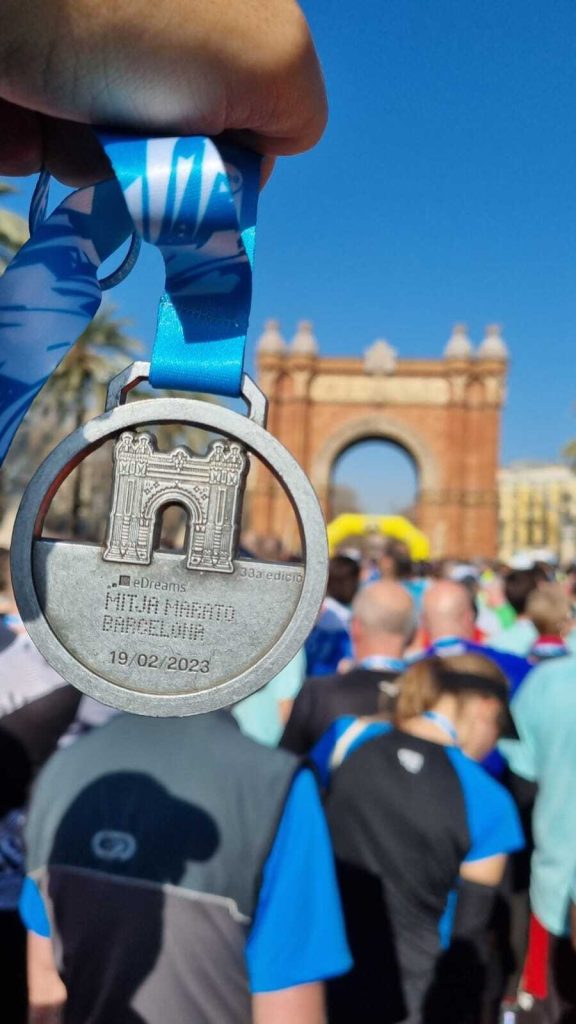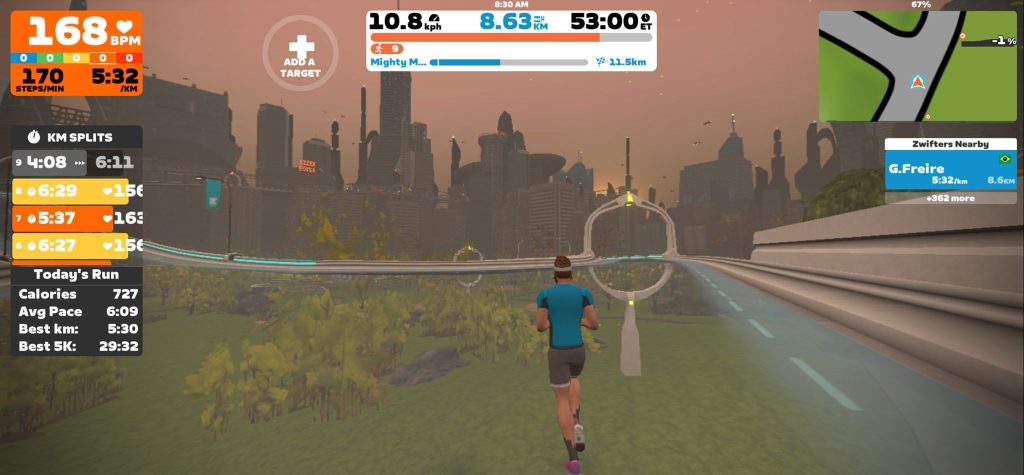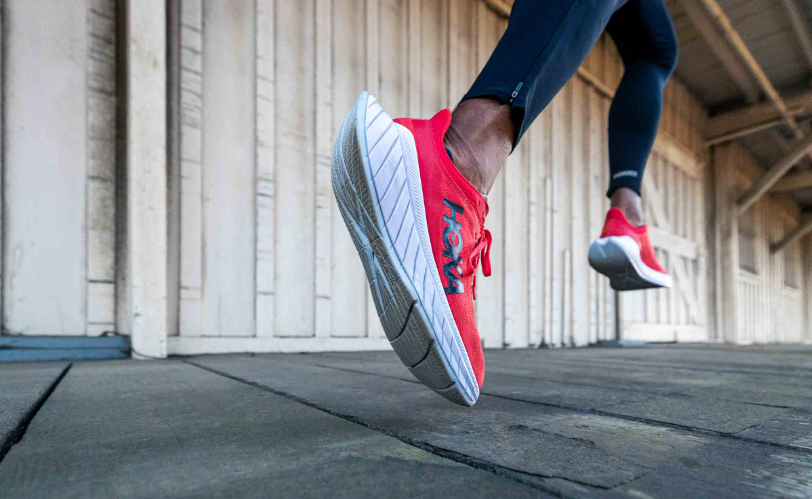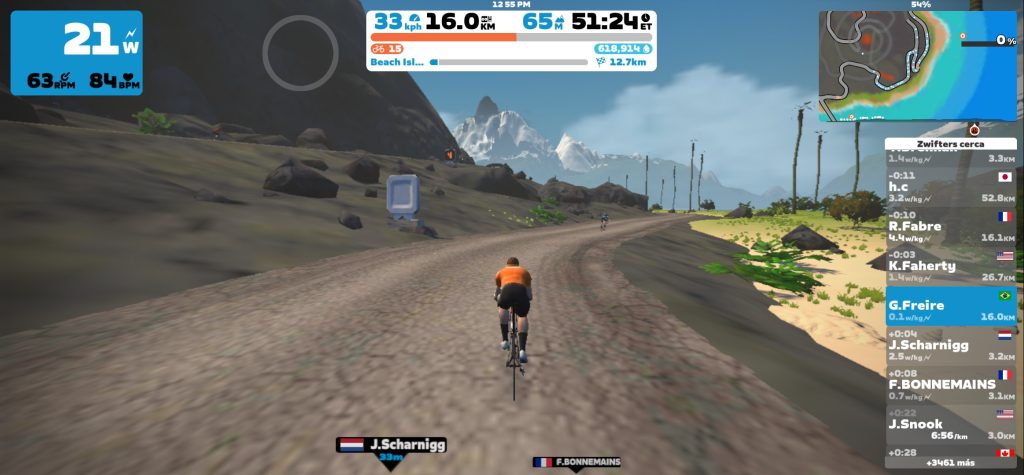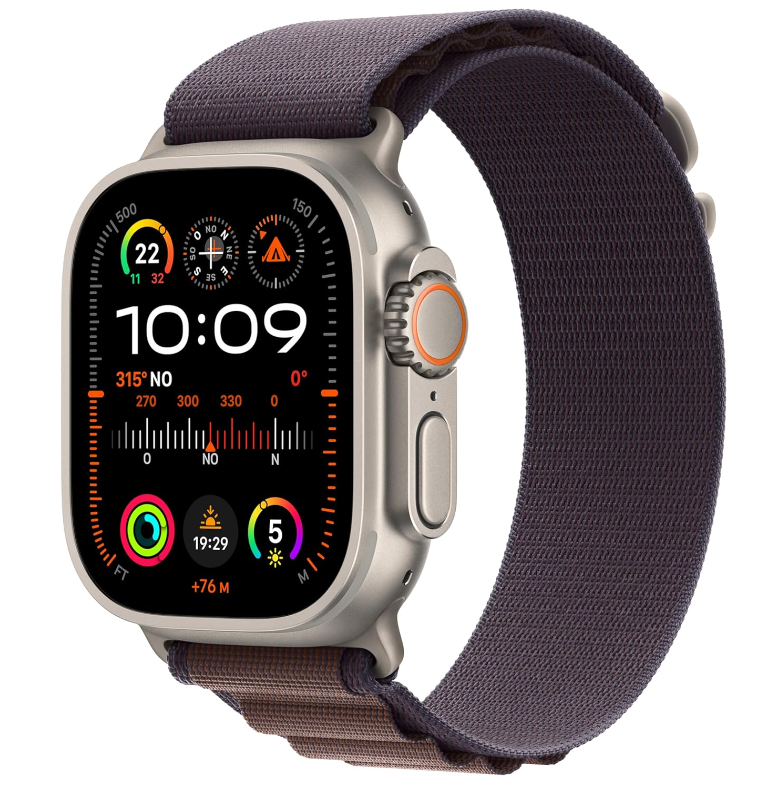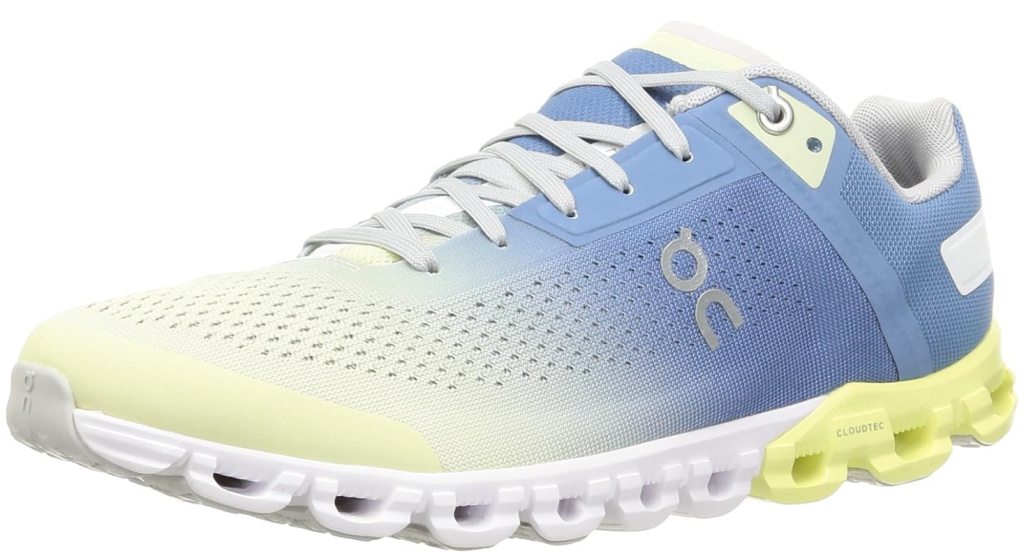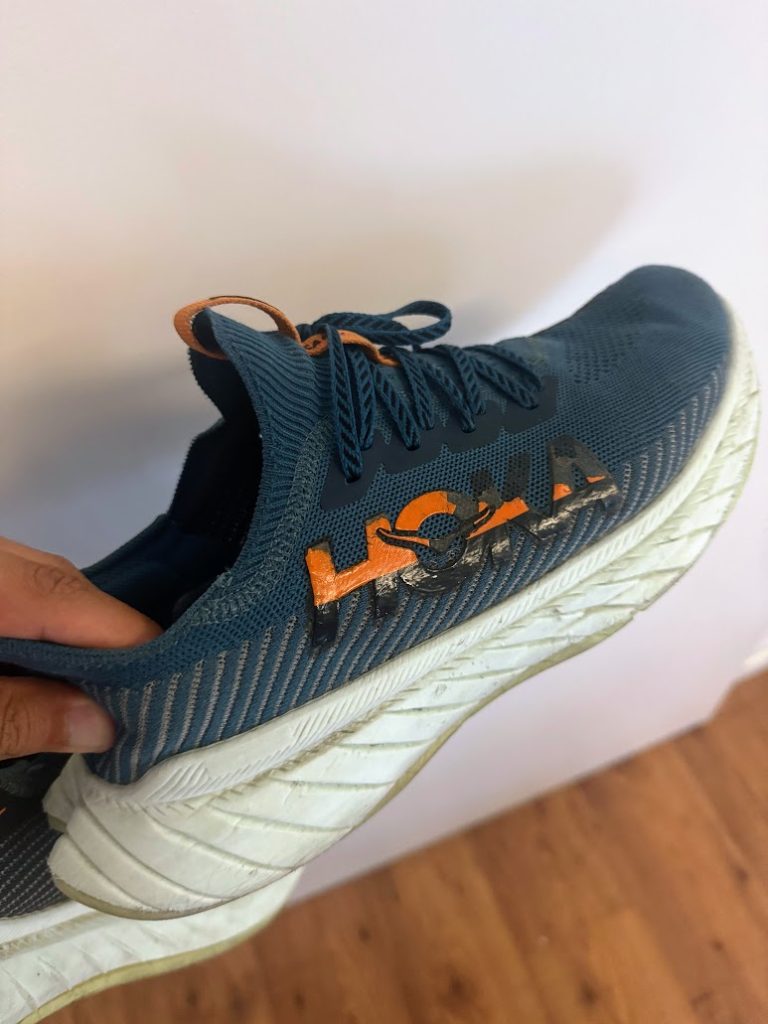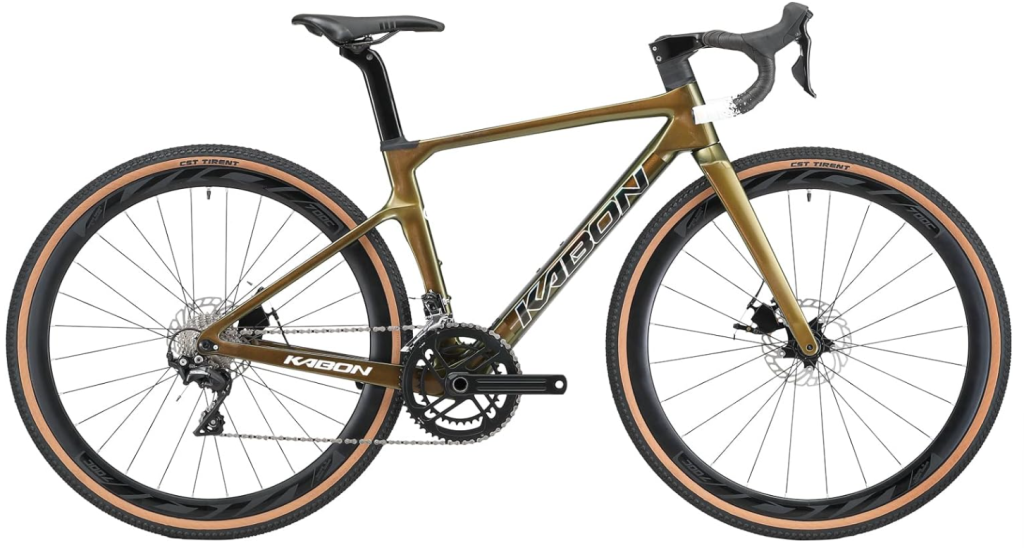When it comes to choosing a smartwatch for running, two brands often come to mind: Garmin and Apple. Both offer unique features tailored to different types of users, making the decision a crucial one for runners looking to enhance their training. In this comparison, we’ll dive into the key aspects of the Garmin and Apple Watch to help you determine which is the best fit for your running and fitness needs.
Design and Display
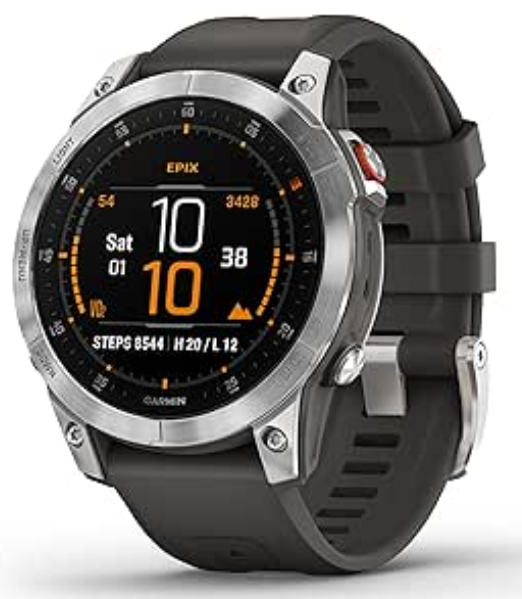
Garmin: Garmin watches are designed with ruggedness in mind, suitable for not only road running but also more extreme conditions like trail running and hiking. They typically feature a more utilitarian, sporty design with a focus on durability. The displays vary across models but are generally optimized for easy reading under direct sunlight, a significant advantage for outdoor runners.
Apple Watch: Apple’s design leans towards sleek and stylish, making it a versatile choice that fits well with both workout gear and professional attire. The display is bright and colorful with high resolution, which enhances the user interface but can be somewhat harder to read under intense sunlight compared to Garmin.
Health and Fitness Tracking
Garmin: Garmin watches are renowned for their comprehensive fitness tracking capabilities. They offer detailed metrics on running dynamics such as cadence, stride length, and vertical oscillation. Higher-end models also include advanced features like heart rate monitoring during swimming and detailed mapping for trail runners.
Apple Watch: While the Apple Watch provides robust health monitoring features, including heart rate tracking, ECG, and an integrated fitness tracker, it focuses more on general wellness than specific running metrics. The Workout app covers a range of activities, and with each iteration, Apple continues to enhance its health and fitness capabilities.
Battery Life and Connectivity
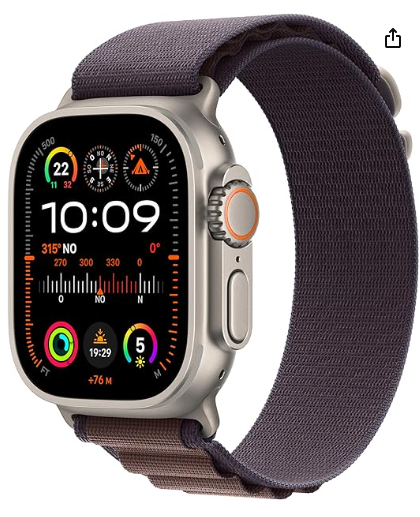
Garmin: One of the standout features of Garmin watches is their long battery life. Basic models can last a week or more on a single charge, and even the more advanced watches with GPS and music capabilities can last several days, which is ideal for long-distance runners and ultramarathoners.
Apple Watch: Battery life is one of the weaker points of the Apple Watch, typically lasting about a day or two depending on usage. This means daily charging is necessary, which can be inconvenient for long-duration athletes or those who prefer multi-day tracking.
App Ecosystem and Smart Features
Garmin: Garmin devices integrate well with a variety of third-party apps that cater to running and other fitness activities. They also offer Garmin Connect, a powerful platform for analyzing workout data, setting training plans, and sharing progress within a community.
Apple Watch: The Apple Watch benefits greatly from its integration with iOS and the vast array of apps available in the App Store. This includes not only fitness and health apps but also a broad selection of apps for productivity, entertainment, and more. The seamless integration with iPhones and other Apple devices enhances its utility as a smartwatch.
Price
Garmin: Garmin offers a wide range of models catering to various budgets, from basic running watches to high-end multisport models equipped with all the bells and whistles.
Apple Watch: Generally, Apple Watches are priced higher than basic Garmin models but competitive with Garmin’s more advanced watches. The price reflects its dual nature as both a smartwatch and a fitness tracker.
Choosing between a Garmin and an Apple Watch largely depends on what aspects of a smartwatch are most important to you. If detailed running metrics, durability, and extended battery life are your priorities, Garmin might be the way to go. However, if you value a sleek design, broad app compatibility, and extensive smart features, the Apple Watch could be your ideal running companion. Both brands offer models that excel in various areas, ensuring there’s a perfect match for every type of runner.

